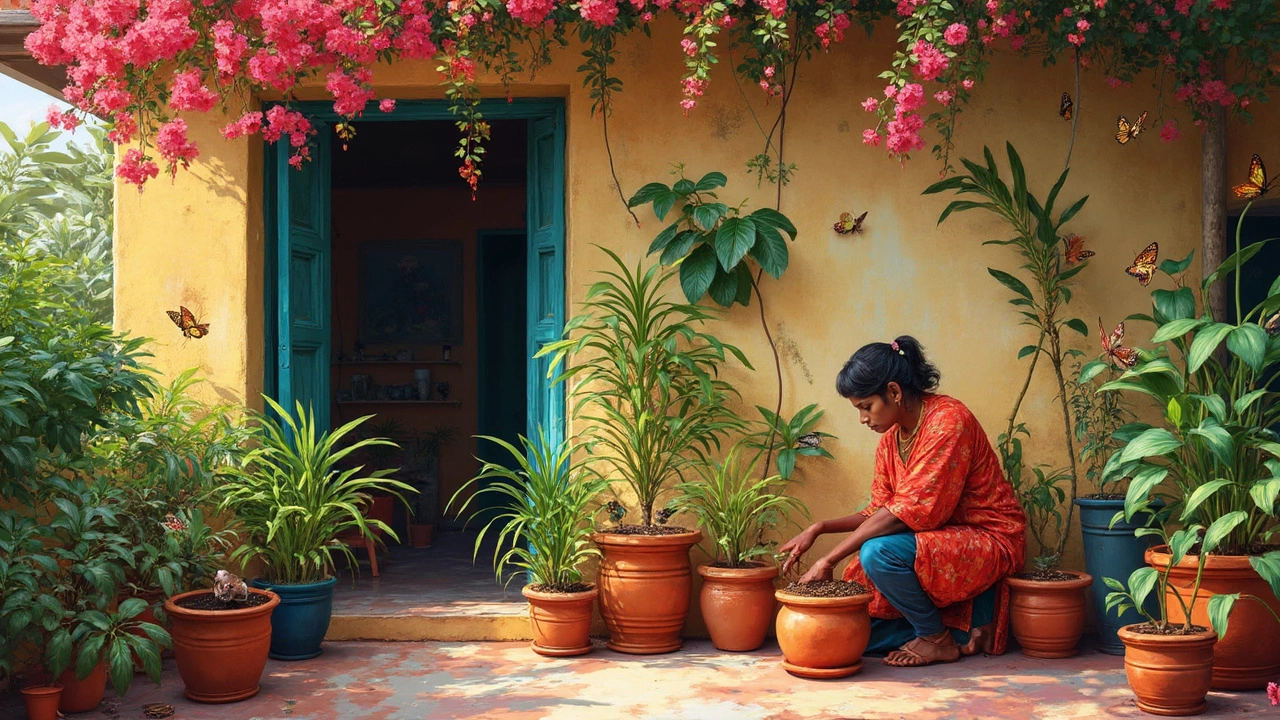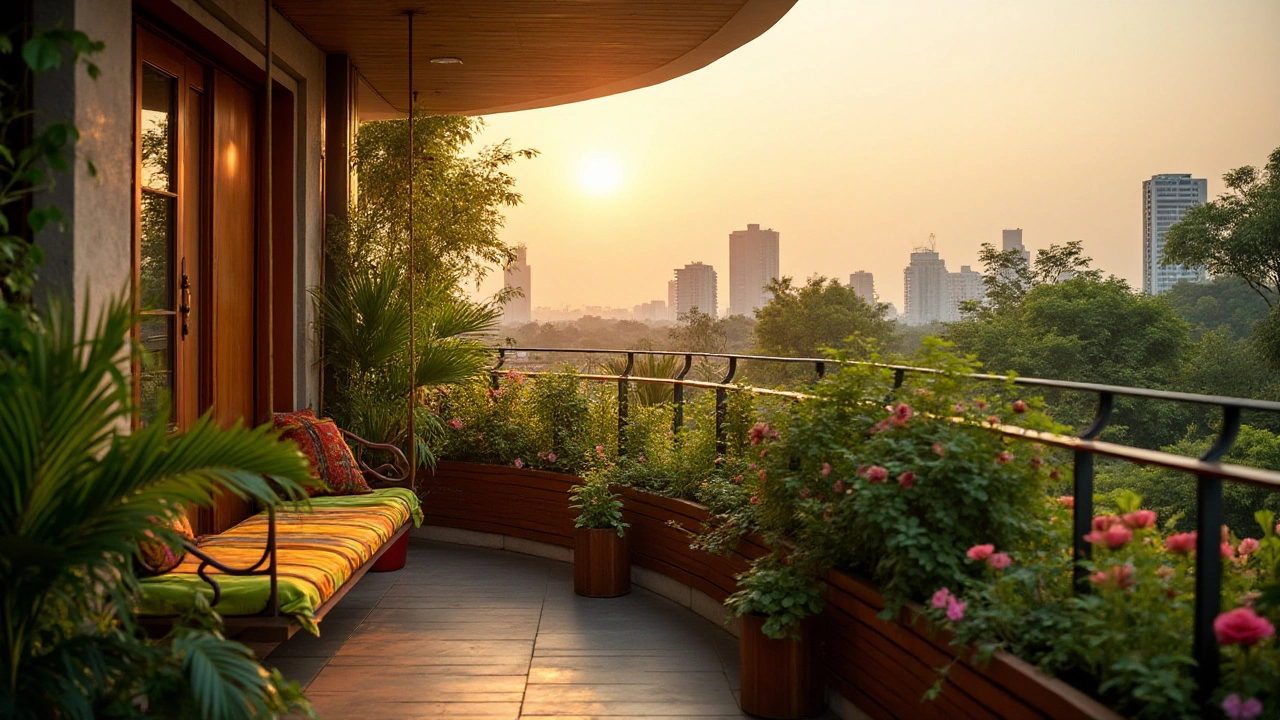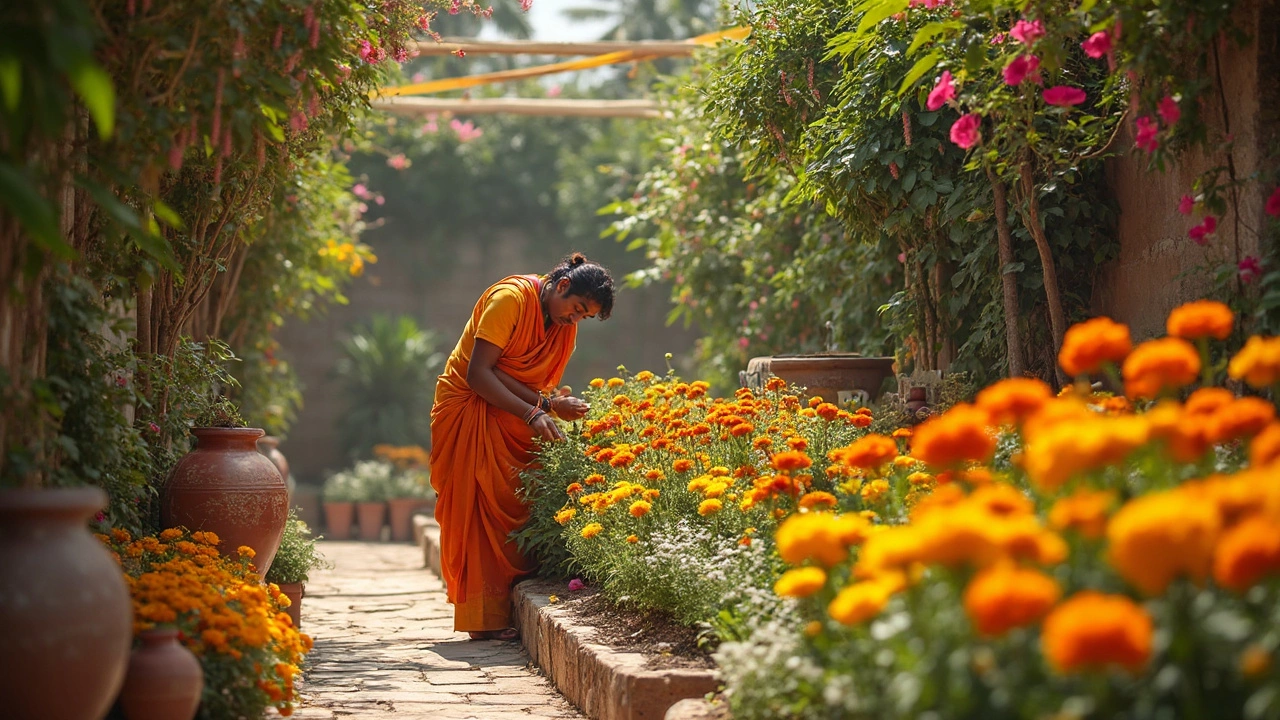Garden Setup: Build a Thriving Outdoor Space
When planning a garden setup, the process of arranging soil, plants, irrigation and layout to create a functional and beautiful garden. Also known as outdoor garden planning, it blends design, soil science and water management into a single project. A solid garden setup starts with understanding the land, the climate and the plants you want to grow, then layering each element in the right order.
One of the most popular ways to begin is with Container Gardening, growing plants in pots, boxes or other movable containers, which lets you control soil mix and moisture more precisely. Container gardening is a sub‑type of garden setup that requires regular soil checks and proper watering schedules. By testing soil moisture with a finger or a meter, you avoid over‑watering—a mistake many beginners make. This approach also lets you experiment with different plant varieties without committing to a full‑size plot.
Once you’ve settled on containers, Drip Irrigation, a low‑pressure, high‑efficiency system that delivers water directly to the root zone becomes a game‑changer for any garden setup. Drip irrigation reduces evaporation, cuts water use, and keeps foliage dry to prevent disease. Installing a simple DIY kit involves laying tubing, attaching emitters, and timing the flow to match plant needs. The system works hand‑in‑hand with container gardening, ensuring each pot gets just the right amount of moisture.
Another technique that is gaining traction is No‑Till Gardening, a method that avoids turning the soil over, preserving structure and microbial life. No‑till gardening influences soil health by keeping organic matter intact, which improves water retention and reduces compaction. When you combine no‑till practices with a well‑planned garden setup, you create a resilient ecosystem that feeds itself and needs fewer inputs over time.
If your garden soil feels hard or dry, Soil Rehydration, the process of restoring moisture to depleted ground using organic mulches, compost or water‑retaining gels is essential. Rehydrating soil locks in moisture, making it easier for roots to access water during hot spells. Simple steps like adding a layer of shredded leaves or spreading a thin coat of compost can revive even the toughest patches, which directly supports the overall garden setup you’re building.
For larger properties, breaking the space into zones works wonders. Garden Zoning, the practice of dividing a garden into functional areas such as vegetable beds, flower borders and relaxation spots helps you allocate water, nutrients and maintenance effort efficiently. By visualizing zones, you can tailor irrigation, soil amendments and plant selections to each micro‑environment, ensuring every part of your garden setup thrives.
Finally, choosing the right plants reduces hassle. Easy‑Grow Flowers, hardy, low‑maintenance species like marigolds, petunias and zinnias that flourish with minimal care add instant color and attract pollinators without demanding constant attention. Pairing these blooms with the container, drip, and no‑till strategies discussed earlier gives you a garden that looks good and stays healthy year after year.
Below you’ll find a curated set of articles that dig deeper into each of these topics—how to test container moisture, install drip lines, adopt no‑till methods, rehydrate stubborn soil, zone large gardens, and pick beginner‑friendly flowers. Use the insights to fine‑tune your own garden setup and turn your outdoor space into a thriving, low‑maintenance haven.
How to Fill a Balcony Planter: Simple Steps for Garden Success
Filling a balcony planter might seem straightforward, but doing it right can make all the difference in creating a thriving garden. This article breaks down the steps needed to prepare your planter for optimal plant growth, providing practical tips and insights. Discover how drainage, soil choice, and plant arrangement contribute to a vibrant balcony garden. Transform your outdoor space into a lush oasis with these easy-to-follow guidelines. Whether you're a newbie or a seasoned gardener, these tips will help you get the most out of your container gardening efforts.
Optimal Balcony Directions for Sunlight in Your Garden
Discovering the right direction for your balcony to get ample sunlight can significantly enhance your gardening efforts, ensuring your plants not only survive but thrive. This article explores the impact of balcony orientation on sunlight exposure and provides practical tips on making the most of your available space. By understanding the specific needs of your plants and the sunlight patterns in your area, you'll learn how to optimize your balcony as a flourishing green sanctuary. Whether you're a seasoned gardener or a novice enthusiast, these insights could help you cultivate a vibrant balcony oasis.
- manufacturing
- India
- food processing
- garden tips
- rice cultivation
- government schemes
- balcony garden
- urban gardening
- balcony gardening
- profitable business
- business ideas
- plastic manufacturing
- drip irrigation
- plant care
- steel manufacturing
- sustainable gardening
- startup ideas
- steel industry
- flower gardening
- textile manufacturers







